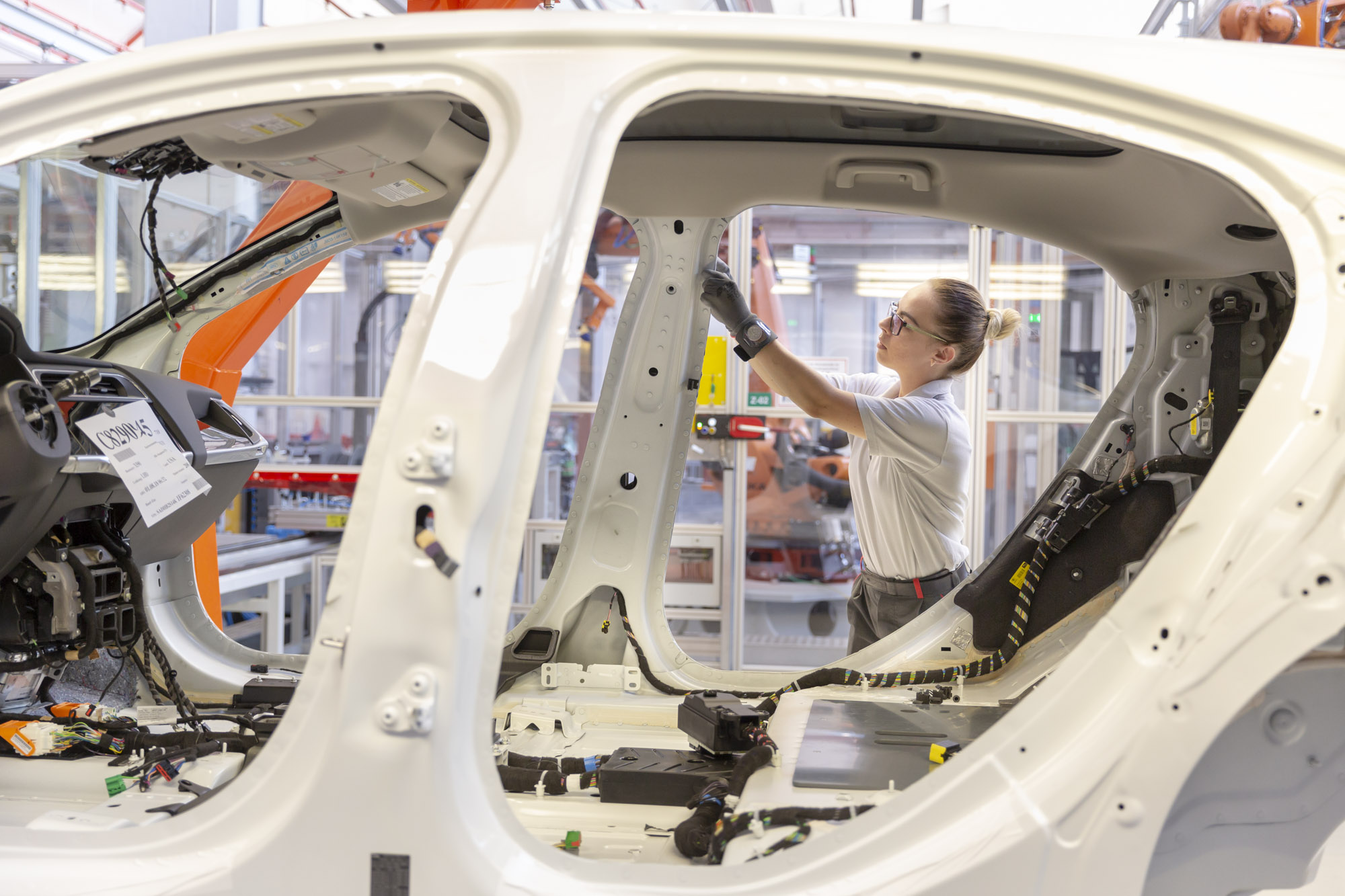Essentially, all components of the future subsidiary behind the automotive project are established during this transitional phase. A subsidiary typically employs hundreds of workers with distinct skills, all of which have to be hired, trained, and retained.
It should be noted that the majority of these components are directly linked to the production facilities of the vehicle. This means that new entrants can decrease their time and cost requirements for production start-up if they decide to team up with a contract manufacturer.
How much this will be reduced by varies depending on the scale of cooperation – for more information about the benefits of contract manufacturing, see “The Benefits of Working With a Vehicle Manufacturing Partner.”
Why Projects Fail Before the Deleopment Phase
It is mainly during the development phase where new entrants experience the largest one-time increase in costs, complexity, and size. Preparing for a seamless serial production is also the phase where new entrants should be the most cautious.
Projects may fail during this phase due to over-stretching resources, previous miscalculations, sudden team changes, or investors and suppliers losing trust and withdrawing from the project. Therefore, a new entrant should develop an extensive and flexible project strategy and a reliable core team to master this critical phase.
When the necessary infrastructure for vehicle production has been established and start-up has commenced, the project’s size and complexity will remain relatively stable. At this point, the new entrant can focus their efforts on finalizing vehicle development and preparing for the production launch.
WHAT'S NEXT?
To recap, the organizational structure during automotive development does not evolve in a linear way. Instead, new entrants will experience two notable jumps in volume and complexity.
The first jump typically occurs at the start of the project as the core team is formed, investors, contract manufacturers, and key suppliers are determined, and the automotive vision itself is validated.
The second jump tends to happen between the concept and development phases and involves establishing the complete serial production environment for the vehicle. During this phase, suppliers are secured, production facilities are established, and project and production processes are initiated. This phase requires considerable one-time costs as well as time, commitment, and communication skills from the core team. This is also the reason why many new entrants stumble during this phase.
Once the vehicle goes into serial production, the project organization usually doesn't change a great deal. As most processes will be in motion at this point, new entrants can focus on ensuring a functional production process and should not face further significant challenges on their way to the road unless severe unexpected disruptions occur.






